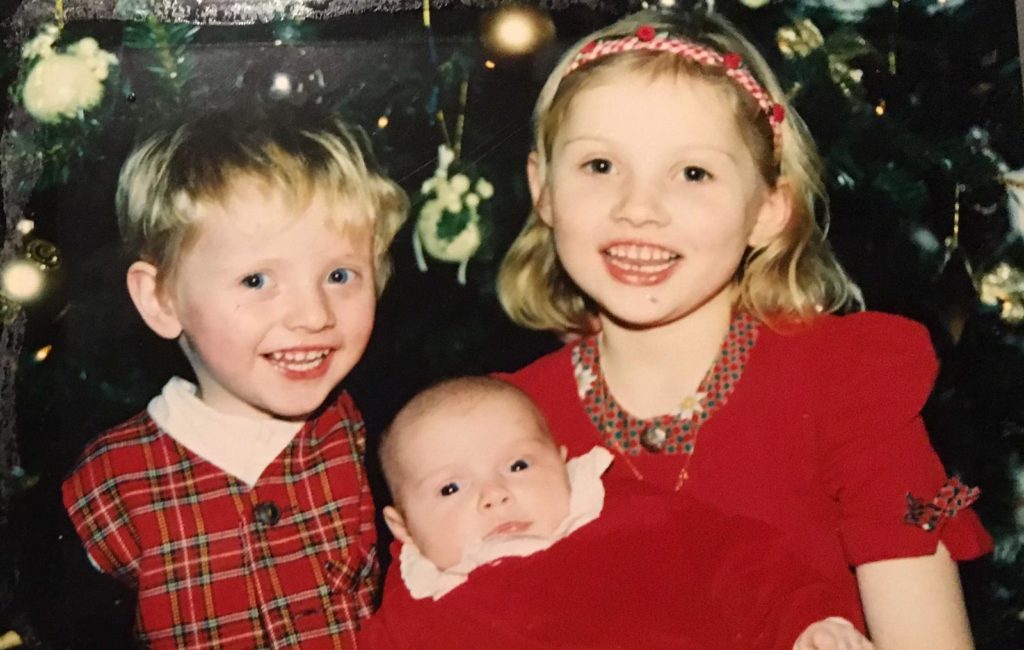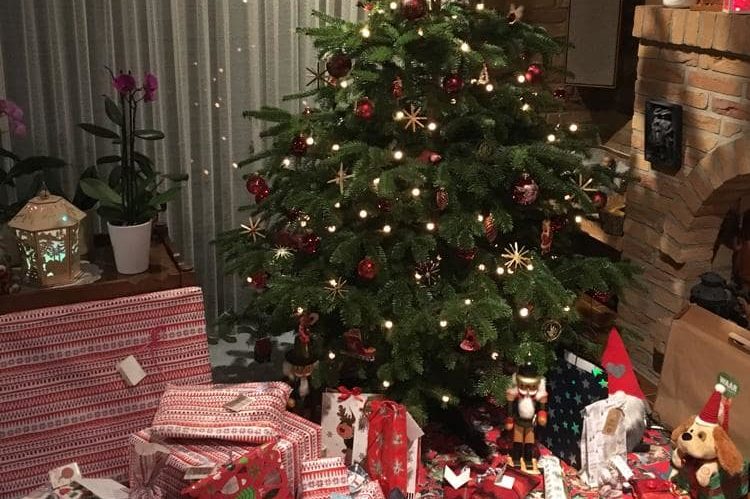Who brings the presents in different European traditions?
The time has come, the Christmas season has started. These are holidays of meeting with family and friends and to follow traditions. These traditions are really fond to us and they normally vary from family to family, but keep similar in each country. But, these traditions, that look so familiar for us, can look really different for people from another European country.
The time has come, the Christmas season has started. These are holidays of meeting with family and friends and to follow traditions. These traditions are really fond to us and they normally vary from family to family, but keep similar in each country. But, these traditions, that look so familiar for us, can look really different for people from another European country.
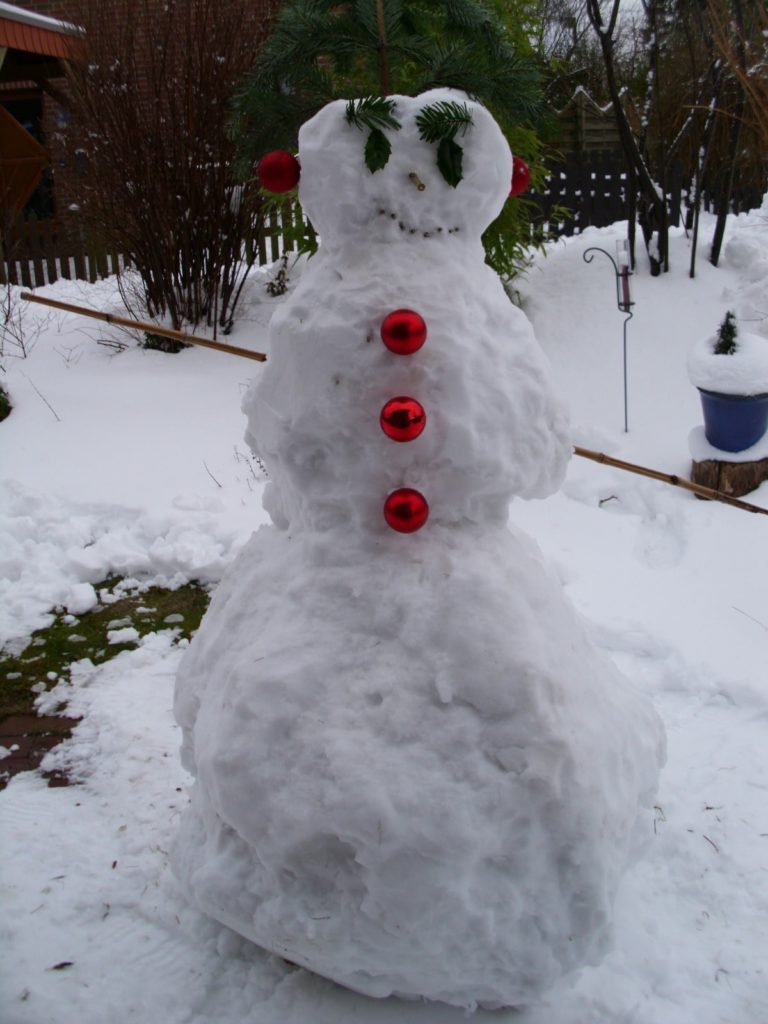
One of the main events of the holidays is the giving of presents. As children, we all wait anxiously for this moment, when a magical character will leave some presents for us in our houses. Many people could think that the only character who does this is Santa Claus, and they wrong. Even when Santa has a big relevance in these presents giving, many other characters appear in different European traditions, reflecting the heritage of these communities.
To know a bit more about these characters, asking people about their experience seemed the way to go. Let’s see what people from different European countries have to tell about their experiences as children and these magical characters who brought them presents.
- Spain
María Álvarez Loy (Asturias) enjoyed Christmas as a child. The presents for her happened on the 24th December, when Papá Noel (the Spanish name for Santa Claus) brought presents to her and the 6th of January when the Reyes Magos (the three wise men) did the same. For her, these days are really marked by being with the family and the little traditions they made like going to the movies before the Christmas Eve dinner. For all Papá Noel and Reyes Magos, she left Spanish Christmas desserts as well as some drink for them and for their animals (reindeers for Papá Noel, camels for the Reyes Magos). For the three wise men, she went to visit their messenger, the prince Aliatar, to give him her letter with the presents she would like to get. On the evening on the 5th of January, she went with some family and friends to watch the parade that welcomes the Wise men in the cities (every Spanish city or town has one of these parades that evening). After, she went for dinner with her family to wake up the next morning with the presents the Wise men have left for her and her family. During the day she visited the family to delivered and received presents from the other houses.
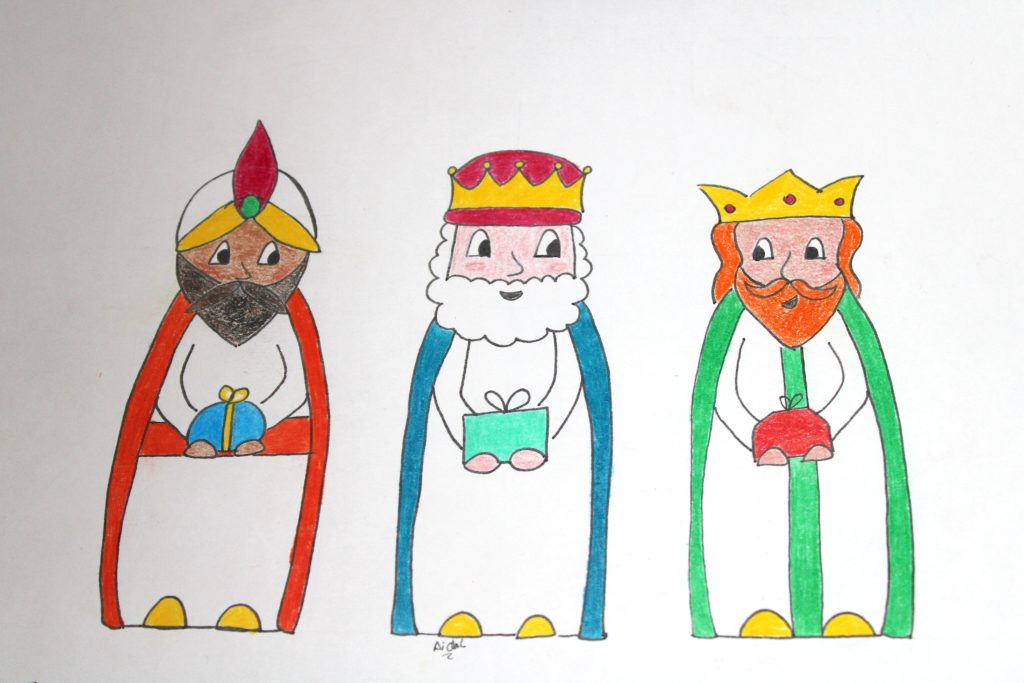
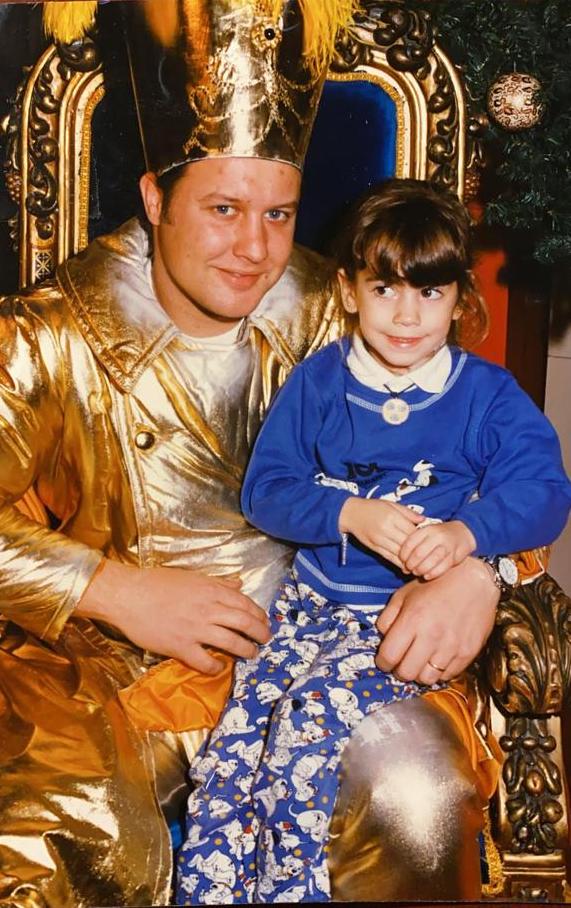
Mar Vergara Martín (Madrid) feels that “Christmas time as a kid was a lovely time”. Her family got together with relatives for big house-made meals. She also got presents from Papá Noel and the Reyes Magos, but in the case of Papá Noel these presents were “usually something small and useful”. And the Three “Wise Men brought the bulk of gifts”. She also enjoyed going to watch the parade of the Wise Men in her city and left them Christmas sweets to recover from the long journey they were doing.
Mikel Pérez de Pipaon Fernández (Basque Country) has really nice memories of the Christmas season, not only for the presents but for the nice atmosphere with the lights, the cold, the traditional clothes… For him, as most of the basque children, gifts arrive on the 25th, but not by Santa. In the Basque Country, the presents are given by the Olentzero, a mythical character that portrays a coalman. He brought you presents if you were nice and charcoal if you were bad. Mikel left some milk and cookies under the tree for Olentzero.
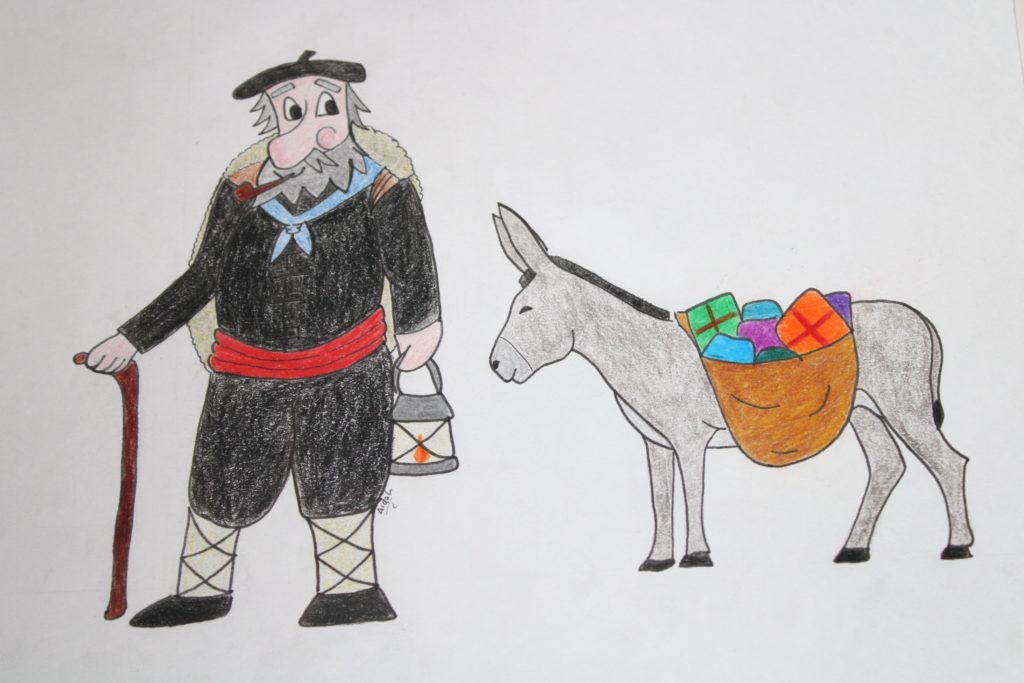
Uxue Pérez Arzak (Basque Country) also remarks on the special atmosphere you can feel in the Christmas time. For her also Olentzero and Reyes Magos brought presents. As Mikel in the 24th everyone dressed in traditional clothes and went out. In the case of Uxue, she went with her school to sing Christmas carols around her town. In the evening the Olentzero left presents and candies. He is supposed to come from the mountains with his donkey to deliver the presents to the kids. Uxue also remembers that the stories around the Olentzero vary and sometimes he went down the mountains in a cloud.
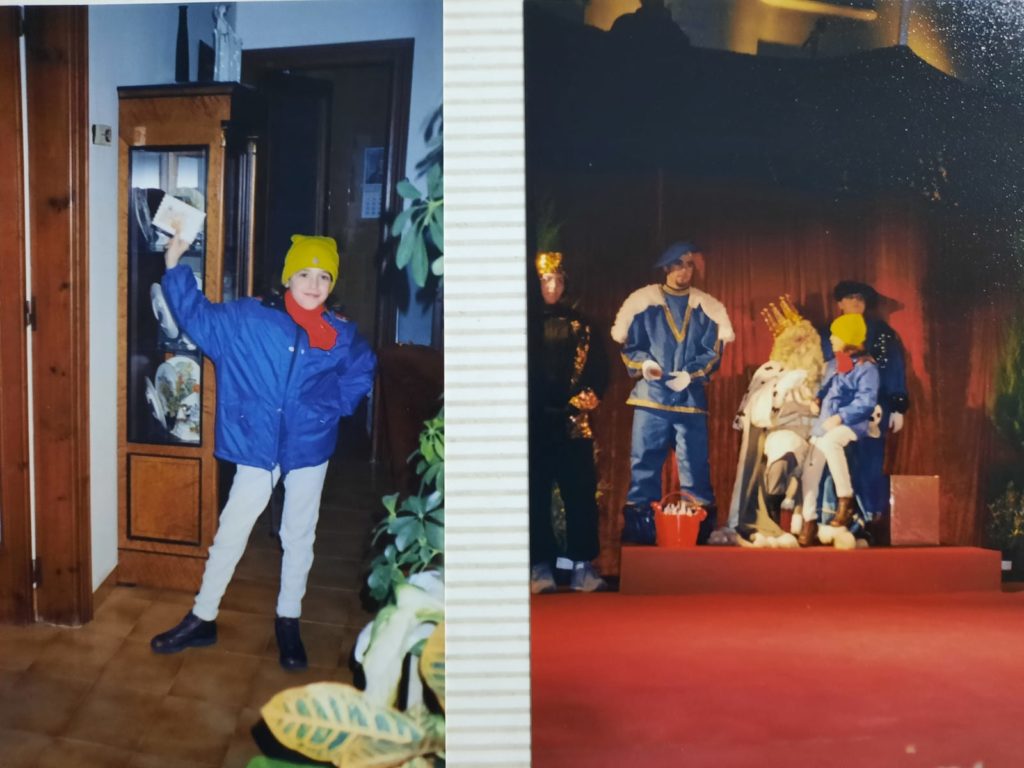
María Camps Graupera (Catalunya) also enjoyed Christmas. She liked the traditions she had with her family like decorate the house, sing and hear Christmas carols, the Christmas food… In Catalunya, the presents are “delivered” by the Caga Tió a wood log that is brought into the house and fed with sweets and mandarins. Then on the 26th of September, after a family lunch, they sing traditional songs and hit the Caga Tió with wood sticks so it defecates de presents. The more you hit it, the more presents it will give you.
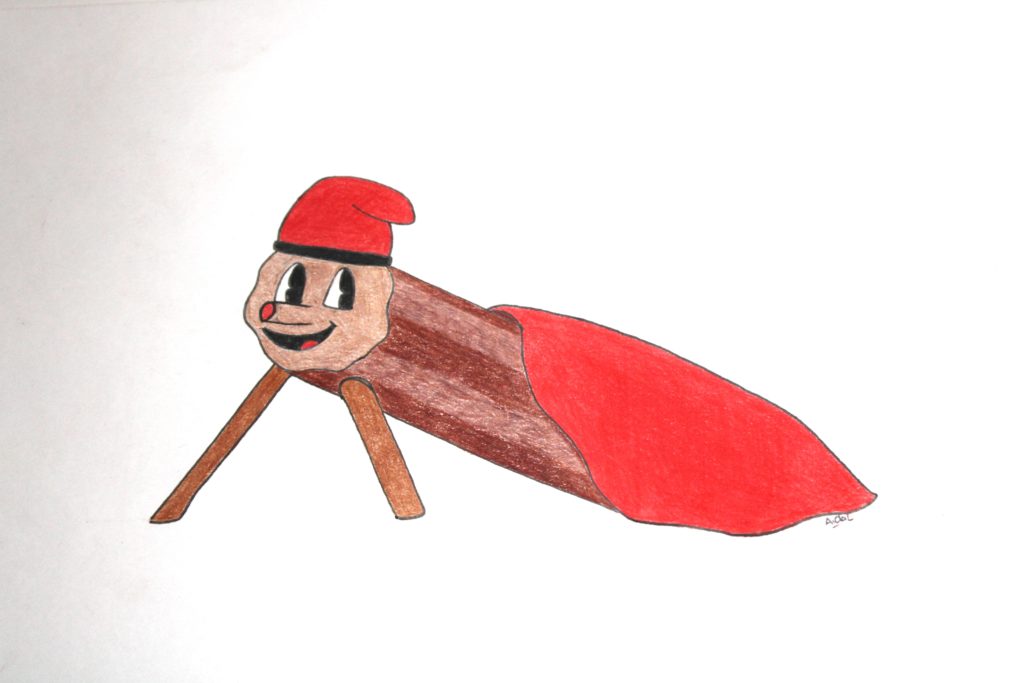
- Italy
Tom Medici opened his presents on the 25th of December after Santa brought them. He left for him cookies and milk.
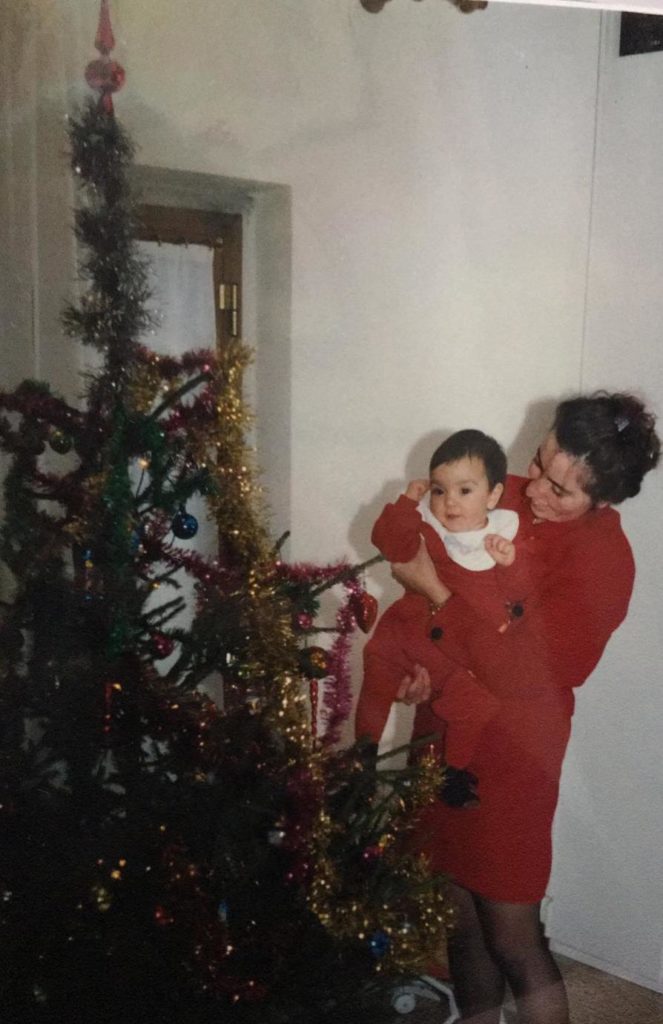
Giulia Baqué enjoyed the “Christmas time very much” As it has an occasion for her to meet with many relatives. The presents were brought by Babbo Natale (the Italian name for Santa Claus). When she was a kid, she used to clean the chimney of her old house with her mom so Babbo Natale wouldn’t get dirty while going down. As Tom, she left cookies and milk for him under the tree. On January 6th she got candies and presents from “and old lady who flies on a broom, she is called Befana”.
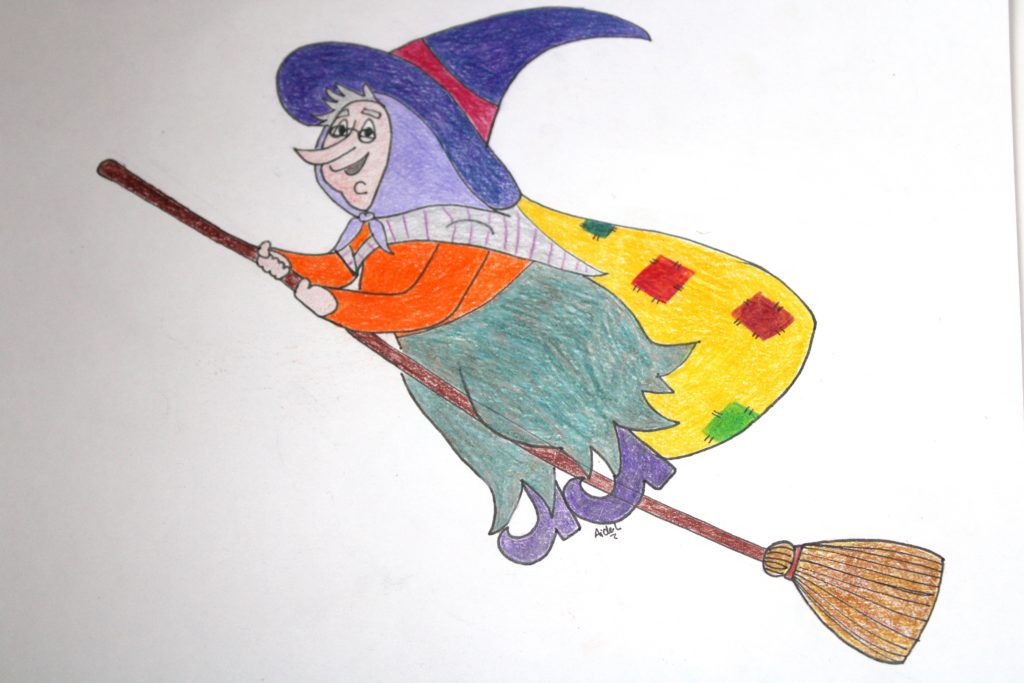
Francesco Bortolussi used to have a big dinner on the 24th and open presents from Santa. In the 6th of January, the Befana (witch) “brought candies in long socks or stocking and coal if you were a bad kid”. With this tradition of the Befana the holidays season was normally over.
- United Kingdom
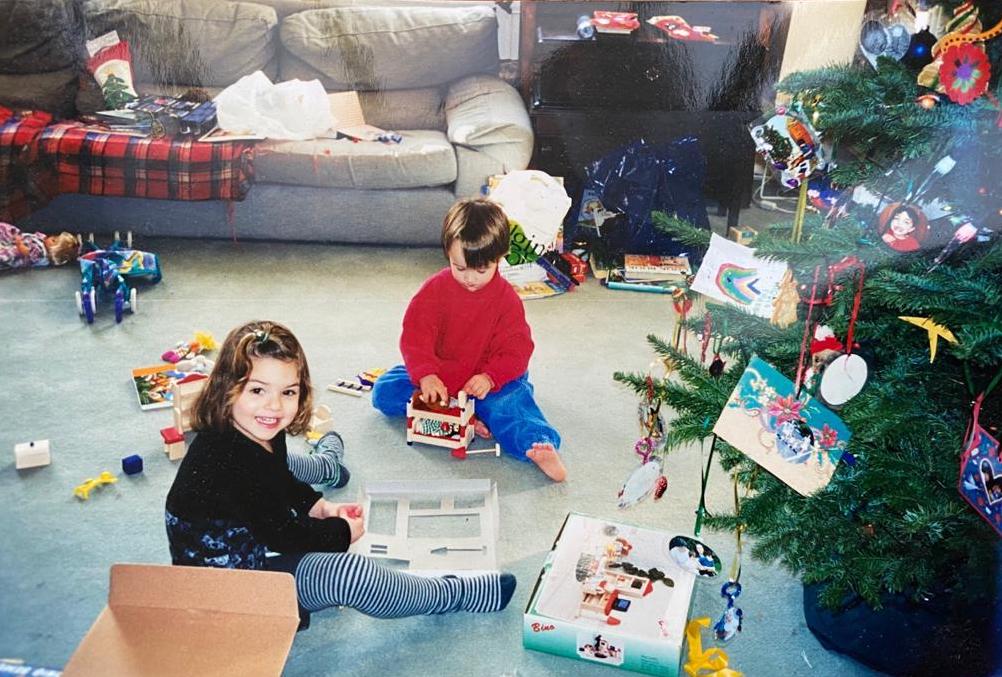
Katherine Durrell enjoyed Christmas but didn’t wait for it like other kids in the UK. On Christmas Day she opened presents and stockings brought by Santa. “The stockings had small things (like a chocolate bar and some wind-up toys), always with a clementine at the toe”. The night before she has left him cookies and milk and a carrot for the reindeer. For her, the most important of the holidays were the traditions she created with her family around decorating the Christmas tree.
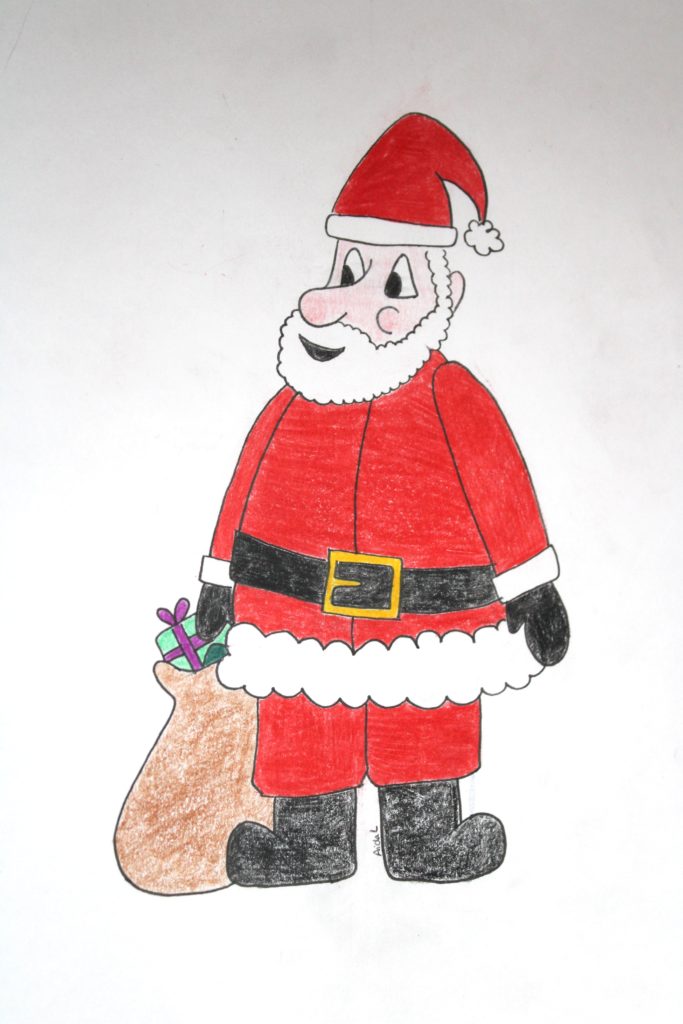
- Ireland
Eoin Byrne enjoyed Christmas as a child. He and his family always got presents on Christmas Day that Santa has brought them. For him, they left a carrot and some whiskey. According to his family, traditions were a bit Americanised as when his parents were young the big holidays was Easter.
Lorna Tompkins loved Christmas and still does. Santa brought her all the presents she wrote on her lists and even some extra! They opened the presents on the morning of the 25th December. Before Christmas days, children visited Santa in the town and asked for gifts. Then on the 24th they left Guinness and some biscuits for Santa and a carrot for his reindeer.
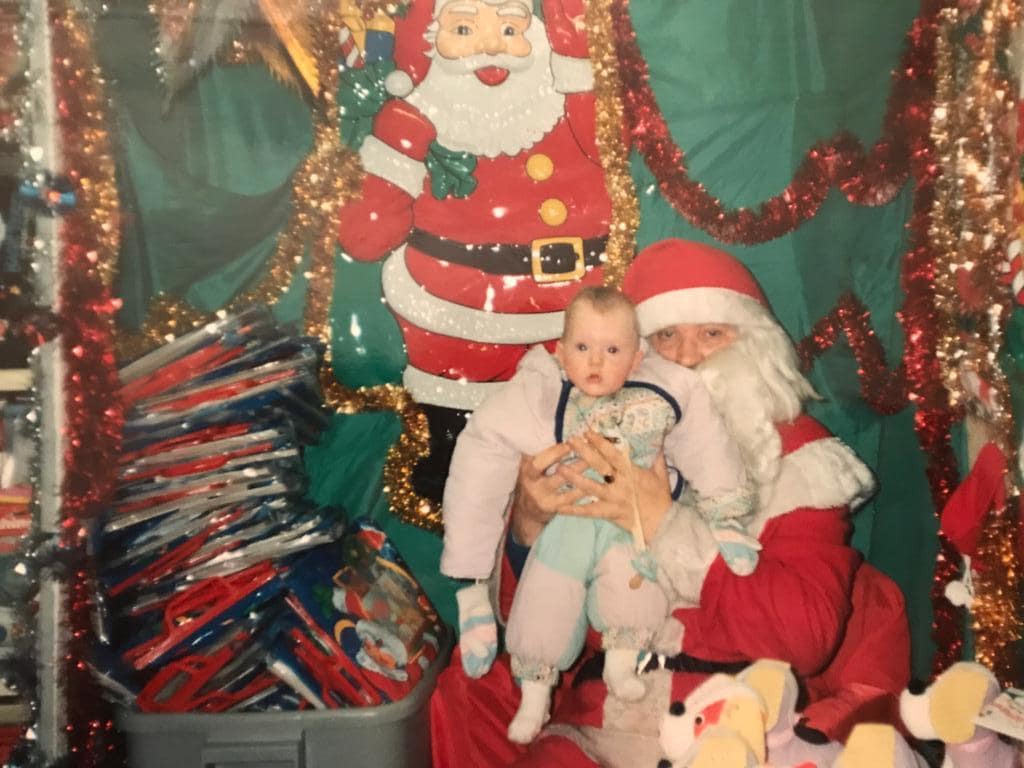
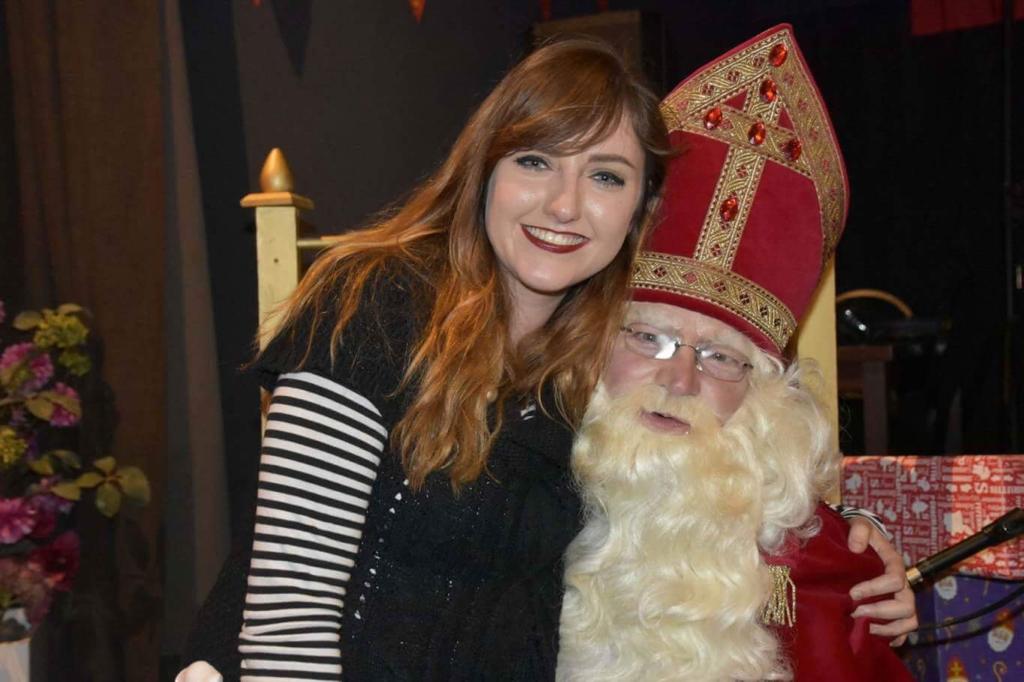
- Finland
Iita Kumala enjoyed Christmas very much and always got her presents on Christmas Eve. The gifts were brought by Joulupukki (literally Yule goat, but that is identified as Santa Claus). “Santa arrives when he hears a certain Christmas song. He knocks on the door with his wooden staff. He wears boots, red coat (used to be green or brown before coca-cola Santa) leather mittens, Christmas hat and a beard with a red nose and cheeks. Santa brings presents and children sing and dance to him. Sometimes there is an elf with him to help out”. She wants to remind everyone that “Santa is Finnish and lives in Lapland”.
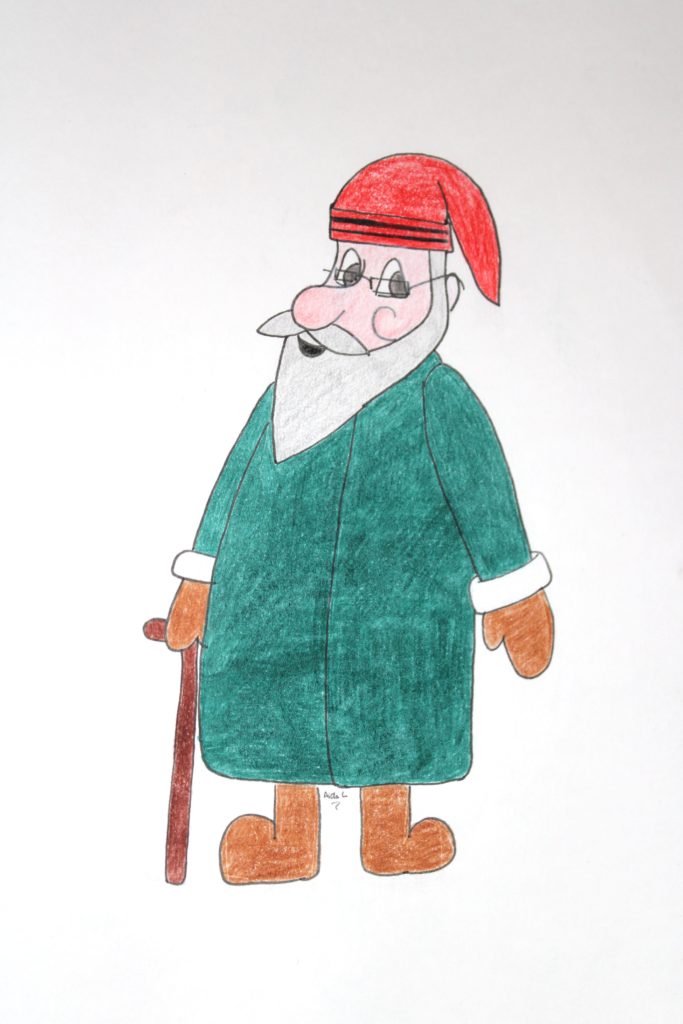
- Germany
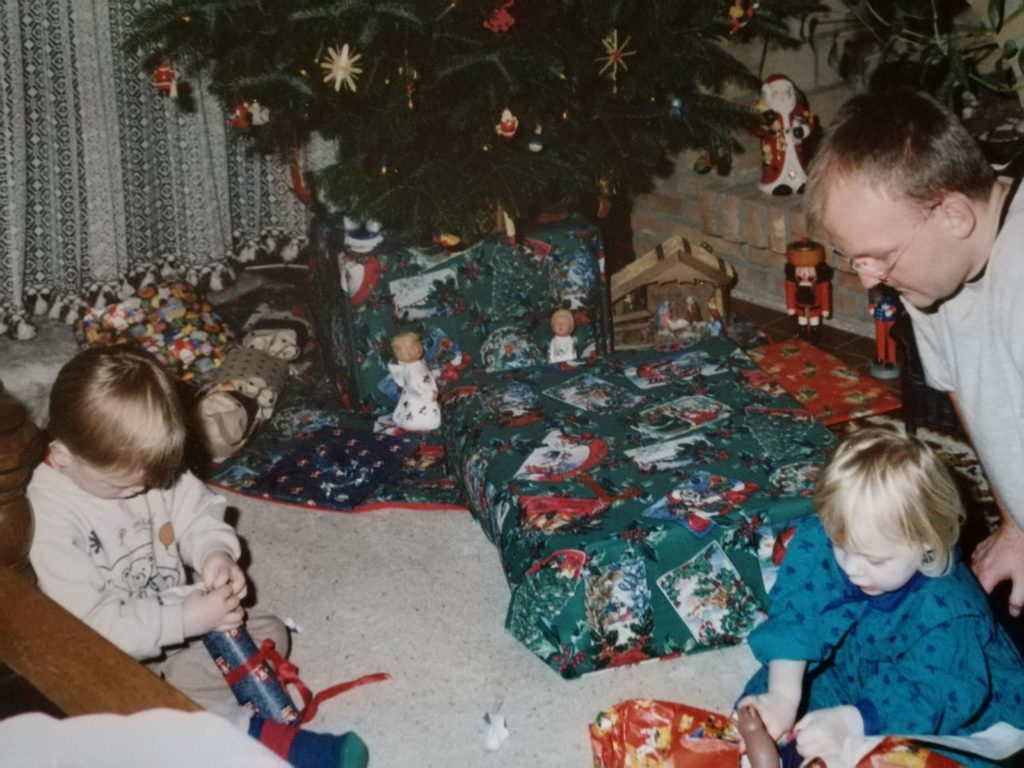
Kaja Blumtritt enjoyed Christmas as a kid and she feels it like a very special time still. In her family, they opened the presents on the evening of the 24th of December. Santa brought the presents and left them under the tree. She didn’t leave him any cookies or milk as that was reserved for Saint Nicholas on the 6th December. With her family, they told Christmas stories and sing Christmas songs on the piano before open any presents. Also, she cleaned her winter boots and left them so Saint Nicholas left the food there, normally “nuts, oranges, chocolate and pastries”. Saint Nicholas is not the same as Santa Claus. The first is more traditional dressed as a bishop, there are even songs were both characters discuss why some people confuse them (Nikolaus und Weihnachtsmann).
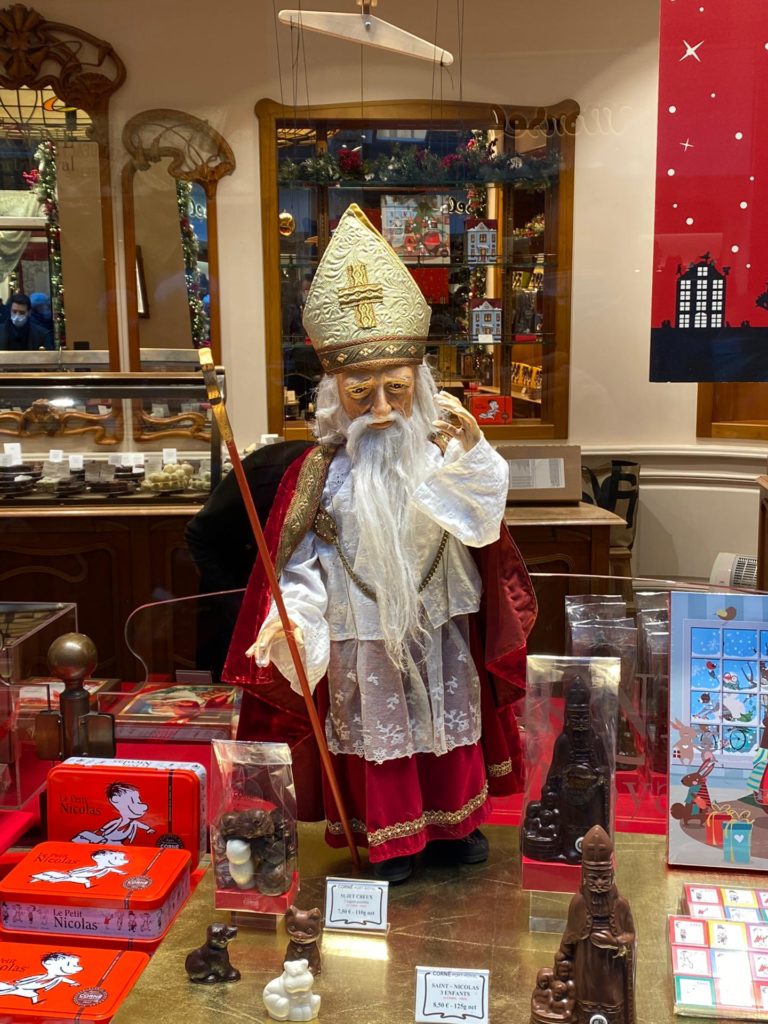
- Netherlands
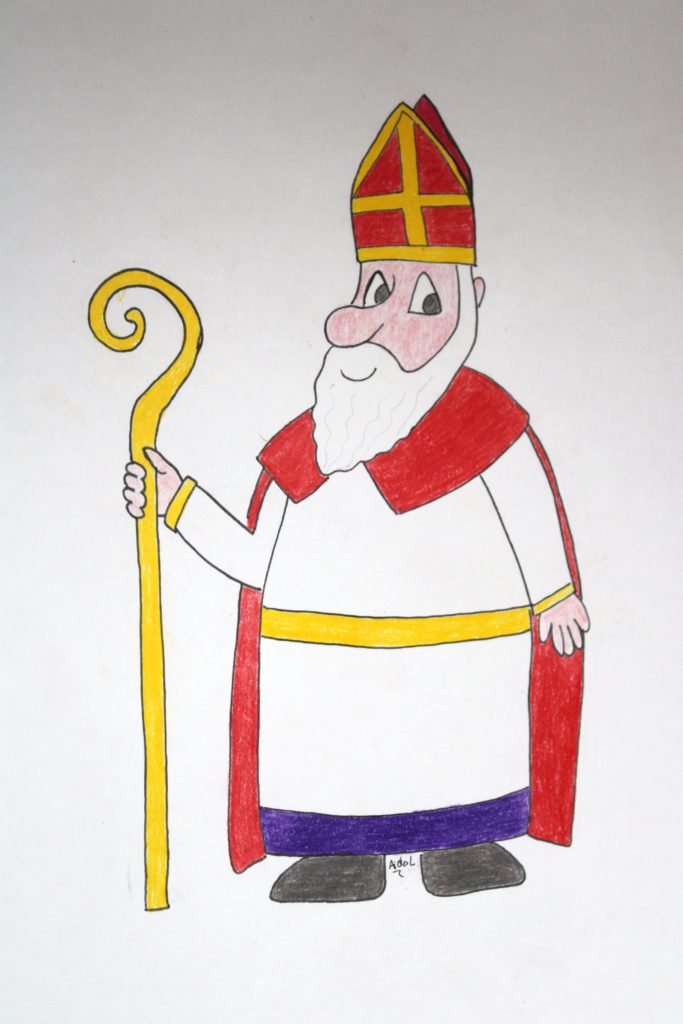
Guido Scholtes enjoyed his Christmas times, even when he hoped for a white Christmas but it wasn’t cold enough. On Christmas, he and his family decorated the tree and a small stable next to it with a train at the base of the tree. At that time they only got a present from Santa, as they would have received most of the presents for Sinterklaas (dutch version of Saint Nicholas) on the 5th of December. Sinterklaas is a bishop that lives in Spain and travels to the Netherlands with his helpers, Pieten, by boat to celebrate his birthday. He left candies on the children’s shoes. After they left the shoes and sing songs. According to the story if you are bad he takes you in the sack to Spain.
Petr Winnubst enjoys the holidays a lot. “It was always a big celebration with candle lights, light in the tree, great food and presents”. He couldn’t even sleep as to how nervous he was for Christmas.
- Poland
For Judyta Olszewski “traditions are so set in stone and very family-oriented”. And she enjoyed it. They had small gifts but the holidays were more religion-oriented. They also celebrated Saint Nicholas on 6th December. But on 24th December, Wigilia, an angel brought them presents after the first star appears in the sky, “my parents would send us to the windows after sunset to find the first star to appear in the night sky…and when we found it we would say a prayer and then return and the angel would have dropped off gifts”.
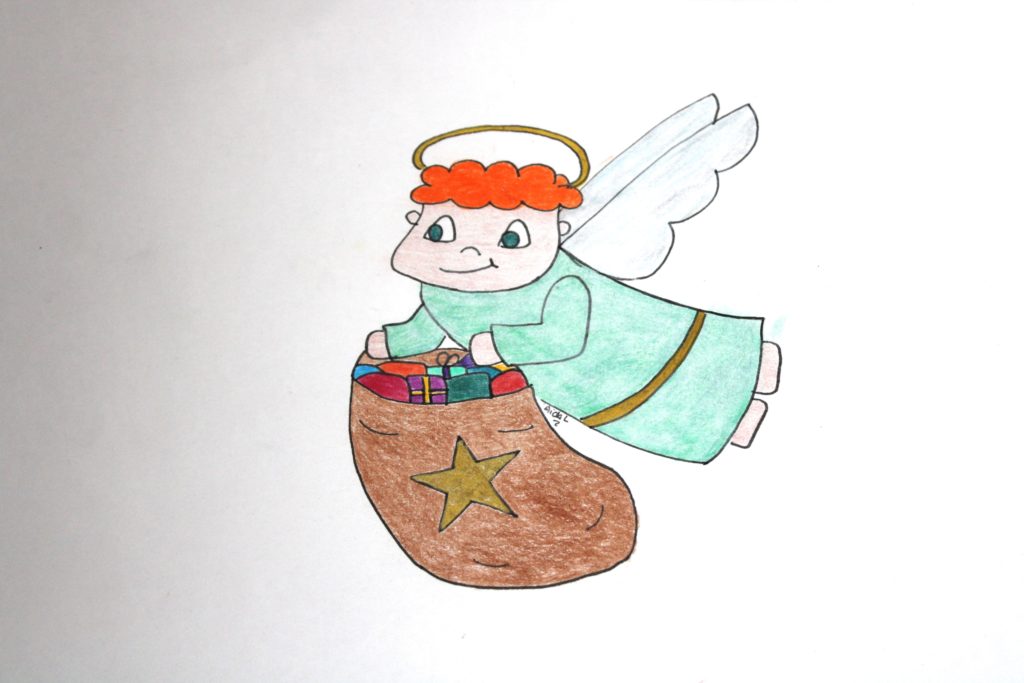
- Greece
Danae Barboudi as a kid “was always looking forward to the Christmas holidays!”. She got presents from Agios Vasilis or Saint Basil on the first of January. Nowadays the character has been influenced by the American version of Santa but “for Orthodox Christians, Santa Claus is the Great King who lived in Cappadocia and devoted almost his entire life to helping humanity”.
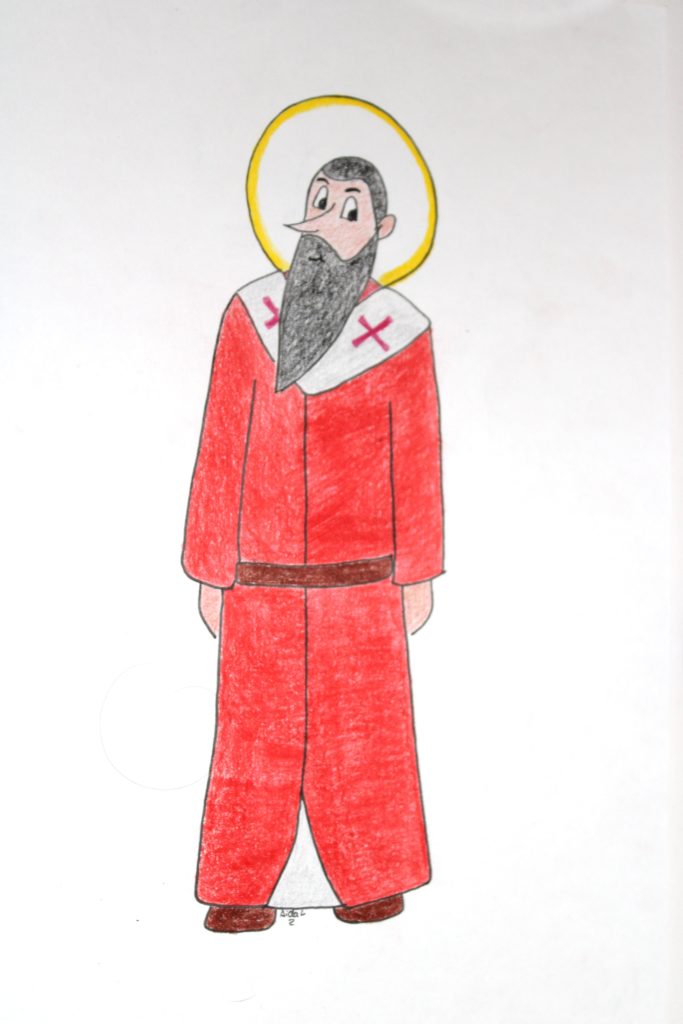
- France
Nicolas Revert loves Christmas. In his family, no one brings the presents but everyone. They all meet to have a nice and big dinner. After dinner and one by one they open the presents that the other members of the family have brought for him, children included.
All of these were nice experiences of the immaterial heritage related to these holidays. Most of them, focused more on the traditions and the joy of being with their loved ones that in the presents themselves, as these were more an excuse to meet with the whole family. There are many stories about the holidays season and it is nice and important that we keep them alive sharing them.
In the end, we can all agree that Christmas is not about the presents but the traditions around the holidays and the memories we create that bring us joy.
